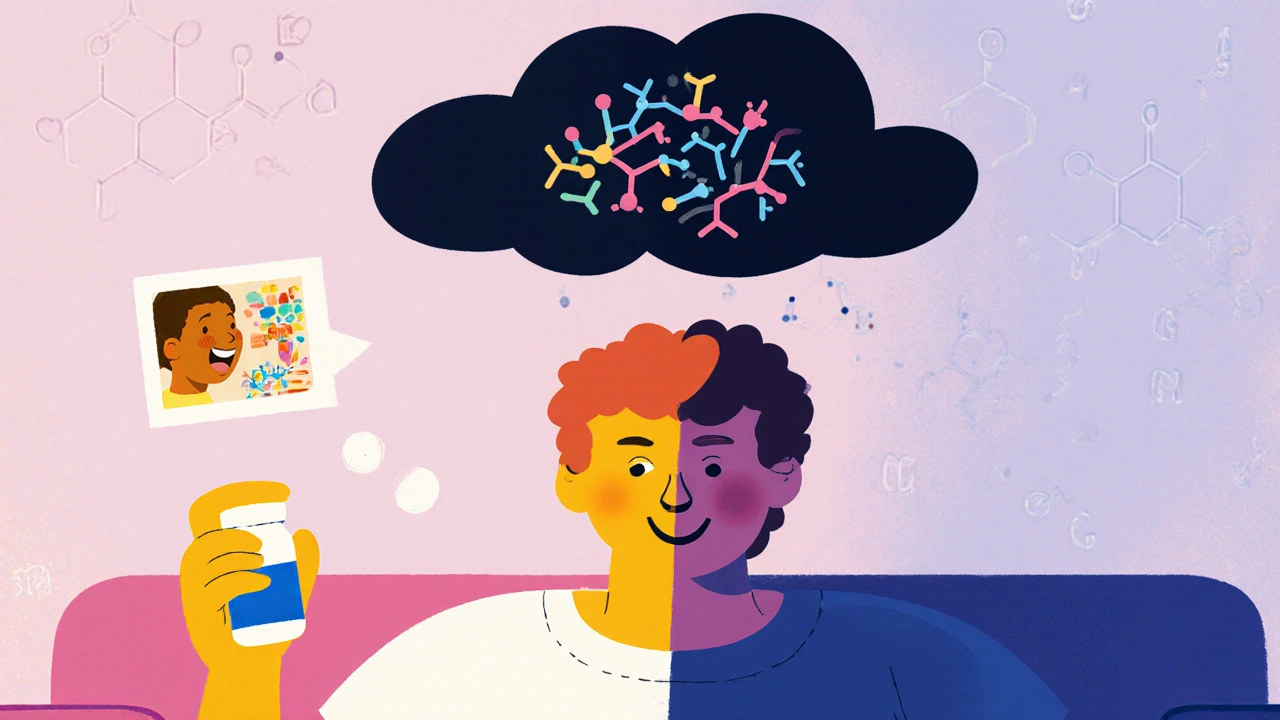Opioid Side Effects: What You Need to Know Before Taking These Pain Medications
When you take opioids, a class of powerful pain-relieving drugs that include oxycodone, hydrocodone, morphine, and fentanyl. Also known as narcotics, they work by binding to receptors in your brain and spinal cord to block pain signals. But they also affect areas that control breathing, digestion, and mood—leading to a range of side effects that can be serious, even dangerous. Many people assume opioids are safe if prescribed by a doctor, but the truth is, even short-term use can trigger side effects that don’t show up until days later.
Respiratory depression, a dangerous slowing of breathing that can lead to coma or death is the most critical risk, especially when opioids are mixed with alcohol, benzodiazepines, or sleep aids. Constipation, a nearly universal side effect caused by opioids slowing down gut movement often gets ignored, but it can become severe enough to require hospital treatment. And then there’s opioid dependence, a physical state where your body adapts to the drug and needs it to function normally—this isn’t addiction, but it’s the first step toward it. Withdrawal symptoms like nausea, sweating, muscle aches, and anxiety can hit within hours after missing a dose.
These side effects aren’t rare. Studies show over 80% of people on long-term opioids report constipation, and nearly half experience drowsiness or dizziness. Some side effects, like hormonal changes or immune suppression, aren’t talked about enough but can impact energy, sex drive, and how your body fights infection. The same drugs that help with severe pain after surgery or injury can also quietly wear down your health over time. That’s why tracking how you feel—daily symptoms, mood shifts, bowel habits—isn’t optional. It’s part of safe use.
You’ll find posts here that dig into how delayed reactions can show up weeks after starting opioids, how patient-reported feedback helps uncover hidden risks, and why mixing opioids with other meds can turn a simple side effect into a medical emergency. We also cover how to recognize early signs of dependence and what to do if you’re worried about your use. This isn’t about scare tactics. It’s about giving you the facts so you can make smarter choices—with your doctor, with your body, and with your future.
Opioids can worsen depression over time, even when taken as prescribed. Learn how mood changes happen, what to watch for, and how to monitor and treat both pain and depression together.

